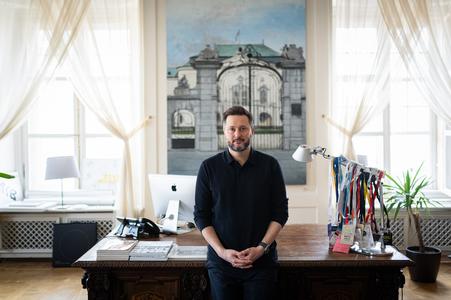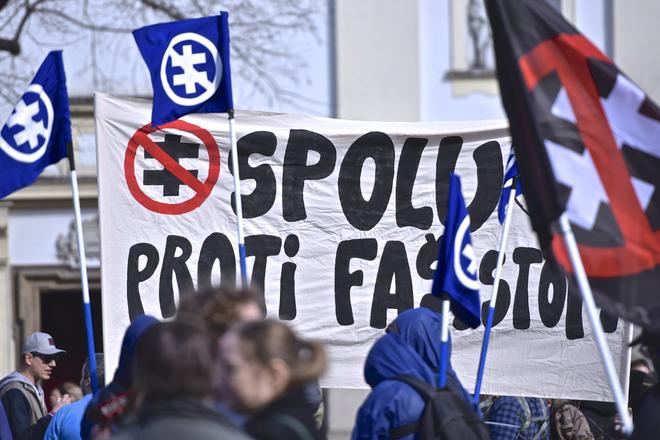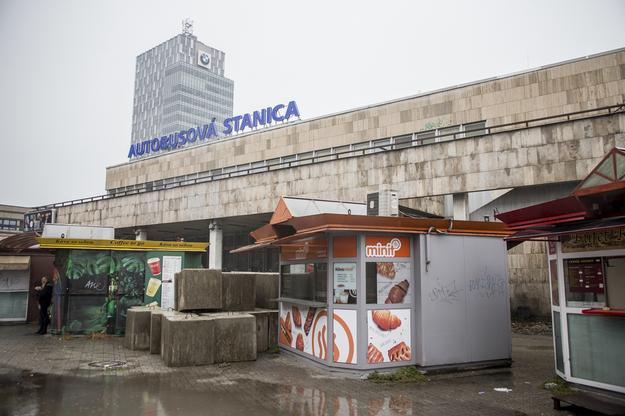For some, recent reports of an alleged neo-Nazi gang roaming the streets of Bratislava and attacking people are a troubling sign of Slovakia’s broader rightward political shift and the erosion of social trust. For others, they have revived painful memories.
Neo-Nazism in post-communist Europe has always been an ideological contradiction. Hitler’s Nazis were staunch believers in Germanic supremacy and regarded Slavs as inferior. Their modern imitators in Slovakia have twisted this narrative into a distorted vision of pan-Slavic brotherhood, fuelled by conspiracy theories, nationalism, and anti-liberal and anti-Western rhetoric. Conveniently ignored is the fact that Nazi Germany was responsible for the deaths of millions of Slavs and sought to either Germanise or eradicate the Slavic populations of Central and Eastern Europe once the Jews of this region had been "dealt with".
The resurgence of neo-Nazism in Bratislava has echoes of a darker past. Throughout the 1990s and 2000s, Skinheads frequently targeted people for something as trivial as their hairstyle, clothing, or taste in music. Another common target of their aggression was anyone caught smoking cannabis. Many of those who experienced that era firsthand recall the fear of walking through certain parts of the city, knowing that being in the wrong place at the wrong time could result in a beating.

The deadliest incident from this period remains the unsolved murder of Daniel Tupý, who was killed by a group of neo-Nazis at Bratislava’s Tyršák embankment in 2005. More recently, the killing of Henry John Acorda, a Filipino national attacked on Obchodná Street in 2018, served as a grim reminder that such violence has not been confined to history. The man convicted of his death, who served three years in prison, had prominent Nazi imagery on his social media.
Filip P., Bratislava
One of my encounters with neo-Nazis involved being harassed and trying to avoid them at the old Nivy bus station almost daily. They would loiter outside by the overpass, smoking, drinking, and causing trouble. A few times, they shouted at me and confronted me for wearing baggy clothes. Walking through that part of the station to catch my bus home was often tense and stressful.
Another encounter involved being chased across the SNP Bridge by a group of neo-Nazis. They were about a hundred metres away when they suddenly started sprinting towards me and a couple of my friends. I suspect it was our baggy clothes that drew their attention, but since we managed to outrun them, I suppose we will never know for sure.


 "Together against fascists" (source: TASR)
"Together against fascists" (source: TASR)
 The old Mlynské Nivy bus station in Bratislava, seen here in 2017. (source: Sme - Gabriel Kuchta)
The old Mlynské Nivy bus station in Bratislava, seen here in 2017. (source: Sme - Gabriel Kuchta)